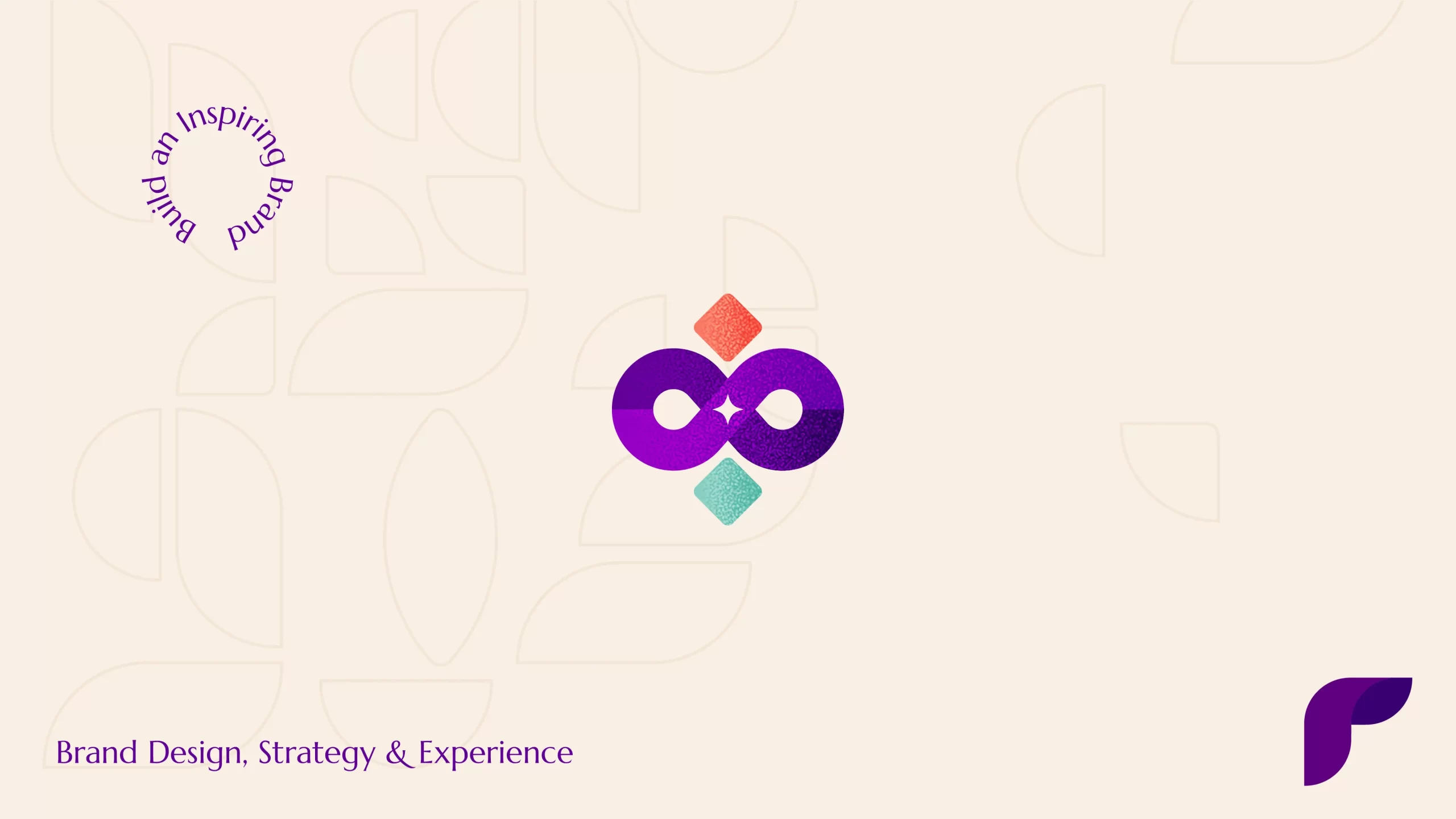My take on building a brand that your customer will love would be to KEEP IT REAL.
As a brand designer, I have come across this question ‘How to build an authentic brand?’ many times.
First, let’s understand ‘What is an authentic brand?’
My personal opinion about authentic brands are those that touch the hearts of its customers at an emotional level that they love to be associated with for their entire lifetime. Sounds enticing, isn’t it? Definitely yes, because an authentic brand inspires their customers & pulls them towards their offerings.
Here are the 7 core brand principles & traits that would help you in creating an ‘authentic’ brand:
Brand being original –
which means that your brand has contributed something fresh and unique to the market that changed the lives of its users.
One way is by focusing on one particular aspect of your product or service and developing it into something new or unique.
For example, Apple has used this strategy with its iPod music player by creating a product that not only plays music but also stores it in a small device that fits neatly into your pocket. Another example is Nike’s success with its Air Jordan shoes — they were originally designed with basketball players in mind
Apple is a great example of a brand that has always focused on the customer experience by being authentic in its every approach.
Steve Jobs famously said, “We’re not building a business, we’re building a culture.” That’s why Apple products are so well designed and intuitive. They’re built for humans, not machines.
Brand as a personal utility –
if your brand has something that is of real use to the users that they end up feeling they can’t survive without.
You know that feeling when you’re about to leave the house, and you realise your phone is dead?
It’s a feeling of panic. You suddenly realise how much you depend on your phone – for so many things: messaging friends, ordering food, booking flights, reading the news.
The same principle can apply to brands too. If your brand has something that is of real use to its users (and they end up feeling they can’t survive without it), then you have something called ‘brand utility’ – or a personal utility.
WhatsApp is one example of this – it’s become so popular because people depend on it for messaging their friends and family. Its founder Jan Koum described WhatsApp as “a way of life” – meaning that people have come to rely on it so much that they’ve incorporated its features into their daily lives.

Another fine example is Amazon’s “Amazon Prime”:
The idea behind Amazon Prime was simple: Give customers free shipping, a streaming video service and other benefits in exchange for an annual fee. But it was also innovative, because it let Amazon use its customers’ shopping habits to build up its own inventory while encouraging repeat business from those same shoppers.
Beliefs & Purpose –
what your brands stands for more than just making profits. What does your brand believe in?
Brand purpose is not just about making money. It’s about what you stand for, what you believe in, and who you want to be.
It is no longer enough to just make profits. They want to know about your values and beliefs. And they want to know these things before they decide to buy from you.
This is where brand purpose comes into play. It’s a new way of thinking about branding that goes beyond making profits, or even having a good product or service for that matter. It’s about inspiring people by being part of something bigger than just business itself – something that is bigger than all of us as individuals too.
It’s about doing good while doing business (or even while not doing business).
Brands that give back are more likely to be successful because they’re seen as authentic and trustworthy by customers who appreciate that their purchases help make a difference.
Tata Group’s brand purpose is “Enriching Lives”. Its charitable arm, Tata Trusts has supported various philanthropic causes over the years including education reform, rural development and healthcare initiatives across India
Brand being genuine –
in its Brand’s promise to its users that it tries very hard not to let people down.
A brand is a promise. It is the assurance that the product or service will meet certain consumer expectations.
If you want your brand to be successful, then you need to make sure that it delivers on its promise. Consumers are smart and they will quickly abandon a brand that does not deliver on its promise.
A brand that isn’t genuine is a brand that is forced and unnatural. A brand that lacks authenticity is not trusted, and it will not be successful.
A brand must be authentic in order to connect with its audience. Consumers want to know what you stand for, what your values are and how you treat them. They want to experience the real you — not a facade of who you think they want you to be.
When a company’s values are aligned with their goals and mission — whether it’s creating products that make people’s lives better or promoting social justice — consumers can tell when something is genuine, because it resonates with them personally.
If there are inconsistencies between what the company says and what they do, consumers will notice and their trust will be broken. Without trust, there is no brand loyalty.
Brand being common –
defines by how far the Brand is known in the market
The more a brand is known, the easier it is to sell that brand.
This is because if your brand is common people will be aware of it and so there are no doubts about what you stand for. If people know who you are then they will trust you more, this means they will be more likely to buy from you.
People need to be able to relate to your brand and its messaging in order to create a well-known brand. Their approval of your brand depends on its relatability, and gaining mass support is essential to establishing a household name.
Is there real need for your product or service in your customer’s everyday life? Does it affect their life without your brand in place? How big is the consequence if they don’t have your brand in their life?
What your brand can do for the users is really important to them. Therefore, understand what your customers want, what their problems are, and what will solve their concern. Pay attention to how choosing your brand will help them resolve a genuine issue.

Brand that is driven –
if your Brand has the ability of becoming popular by capturing the momentum in the market.
Create a product or service that has the potential to catch on by grasping the momentum or unexpected surge in demand for your brand in the market.
During pandemic, why did Zoom expand more quickly than its much bigger competitor brands, which were much better in terms of security? Because the product was built to make life easier for the users. It’s easy to setup, easy to use and user friendly in all the aspects, coupled with a simple name & user interface.
No wonder, ‘lets meet over Zoom, lets connect on Zoom’, because synonymous and brand name became a verb.

Brand as a legacy –
your Brand’s story that is apt and engaging enough to attract the users.
It’s not just about building a product, but also about building a brand. A brand is not merely a logo or a tagline. It’s an experience that transcends the product.
Your brand needs to be able to tell its story in an apt and engaging way. Your brand should be able to add value to your users’ lives and make them feel good about it. You need to build trust in your brand by providing quality services and products.
Here are five steps to creating an engaging brand story:
- Start with an idea that resonates with your audience.
- Tell it in a way that engages them emotionally and intellectually.
- Make sure it aligns with your business goals and values as well as those of your customers and potential customers.
- Keep telling it consistently over time in all aspects of your business — from marketing materials to employee training programs to customer service policies — so that people are constantly reminded of why they should buy from you instead of someone else (or not buy at all).
- Be consistent across all media channels so that when someone finds out about you through one medium (for example, social media), they don’t have any surprises when they view another
So, how can you build an authentic brand without burning your pockets in the brand building efforts. It’s simply by adopting the techniques that big brands have done successfully in a scale that’s viable for your business & segment.
Sadly, there is no defined template or framework to build an Authentic Brand. But there is a way out! The key to unlock the potential of your Brand to become Authentic is INSIDE.
Most of the businesses believe that branding is an external effort taken to attract the customers but the brands that build from inside out wins the hearts as an ‘authentic brand’.
The main ingredient for an authentic brand is focusing on core values. Along with established core values and beliefs that people value, emotional connect & clear and consistent messaging also plays vital role in building an ‘authentic brand’.
So, do you want to fake it or keep it real?
What are you waiting for? Redefine your brand with the above seven principles building inside out and conquer the heart of your customers & the markets.





